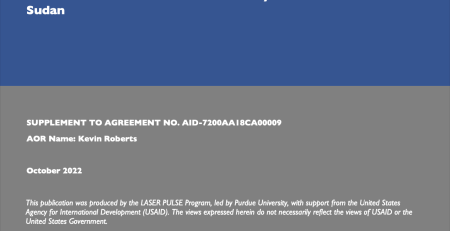Contextualizing Deliverables: Policy Briefs
When working through your LASER PULSE project you’ll be working as a team to communicate your research to others and there are many different mediums (deliverables) through which to communicate your findings. A common type of deliverable is the policy brief. Generally, a policy brief is a 2 to 4 page document that advocates for a change to or creation of a policy that could address a problem identified in your research. In this blog post, we will look at the following aspects of this deliverable type to aid you in your writing: (1) the audience and afterlife, (2) place in communication, and (3) being clear and succinct.
(1) Audience and Afterlife
For policy briefs, commonly, the first people in your audience are the staff members of a political office or governing bureau. When they read your policy brief, they will be looking for a few important factors which will inform whether or not to send it along to the politician or director of their office: (a) that it has a compelling and urgent narrative, (b) that it is informative, and (c) that it is short.
These three elements are critical because in order to get your policy brief from the staff audience to the leadership audience, the policy brief will be printed off quickly and thrust into the hands of an individual who is quickly moving from one point to another. A policy brief that meets the above criteria has the greatest potential to be transferred and, most importantly, read for consideration and impact. Generally, it is advised that a policy brief not go longer than 4 pages because this is easily printed off as 2 sheets of paper printed double-sided.
Additionally, this is not the only potential audience and afterlife for a policy brief. You may have other researchers and practitioners who read your policy brief and, if it is compelling, it could motivate them to pursue or push work within their sphere of influence that aligns with driving and/or enacting the change that you are advocating for in your policy brief.
(2) Place in Communication
Communicatively, your policy brief has two major goals: to be the beginning of a conversation and to be a call to action.
In the first case, your policy brief acts as a compelling opening statement that invites the audience to enter into communication with you. Barring the choice to not respond, there are a couple of potential responses that can result in an impactful reply to your work: (a) they choose to contact you to follow-up and/or collaborate with you or (b) they act on your recommendation.
In either case, this will be aided by making sure to include your contact information at the end of the policy brief and ensuring that you have provided enough information within that, should they not be able to follow-up directly, they are still able to make an informed decision.
(3) Being Clear and Succinct
This category is one that seems like it is thrown around a lot when work is reviewed and as broad advice to writers. When it comes to policy briefs, here at LASER PULSE we have found a few concrete suggestions for accomplishing this lofty ask.
First, have a tidy structure to your policy brief. As it is imperative that your policy brief be short and that it should be focused on a narrow issue, it can help to not only outline your policy brief, but to include the skeleton of your outline via the use of subheadings and bolded text. These structural elements within your policy brief can help your audience scan your document quickly to locate information and gain insights. As a good example of this, see Connaughton and team’s policy brief: “Resilience of Ethiopian Communities: Measure, Understand and Act”.
Second, and building on the previous suggestion, make sure to have a list of strong takeaways as well as a narrow focus. There are a couple of strong ways to use the key takeaways feature of a policy brief to your advantage: (a) highlighting the major contextual elements and/or (b) highlighting the key recommendations. Both of these approaches to presenting key takeaways within the policy brief are ways to quickly get the attention of your audience as well as serve as an excellent way to help your audience communicate the major information of your brief to others. Aligned with this, keeping a narrow focus for the content of your policy brief will help keep the document short and easier to share among people within a political office, governmental bureau, or among other practitioners and researchers. As a good example of this see, Ali & Mohammed’s policy brief: “Policy Brief: Building Trust – What Needs to Be Done in Bashiqa?”.
Finally, something creative to consider is how some subheadings could be written as paraphrases, or summaries, of the information that is being presented within the policy brief. This has the benefit of allowing someone to read all the subheadings within the policy brief and follow the claims and recommendations being made as well as serving as a powerful hook which invites audiences to read the rest of the text. As a good example of this, see Marx’s policy brief: “Policy Brief I: Trafficking in Persons in South Africa”.
For further clarification and assistance with writing your policy brief, please reach out to your LASER Research Project Manager or the Purdue Policy Research Institute.










Leave a Reply
You must be logged in to post a comment.